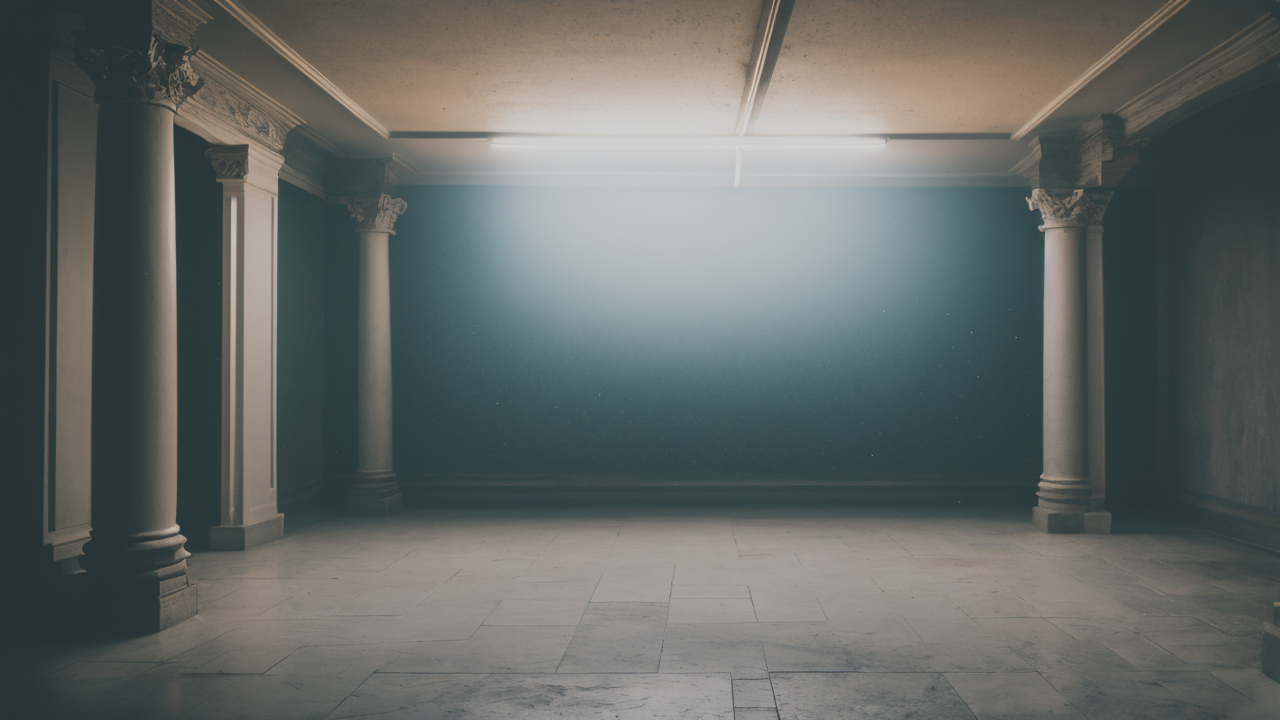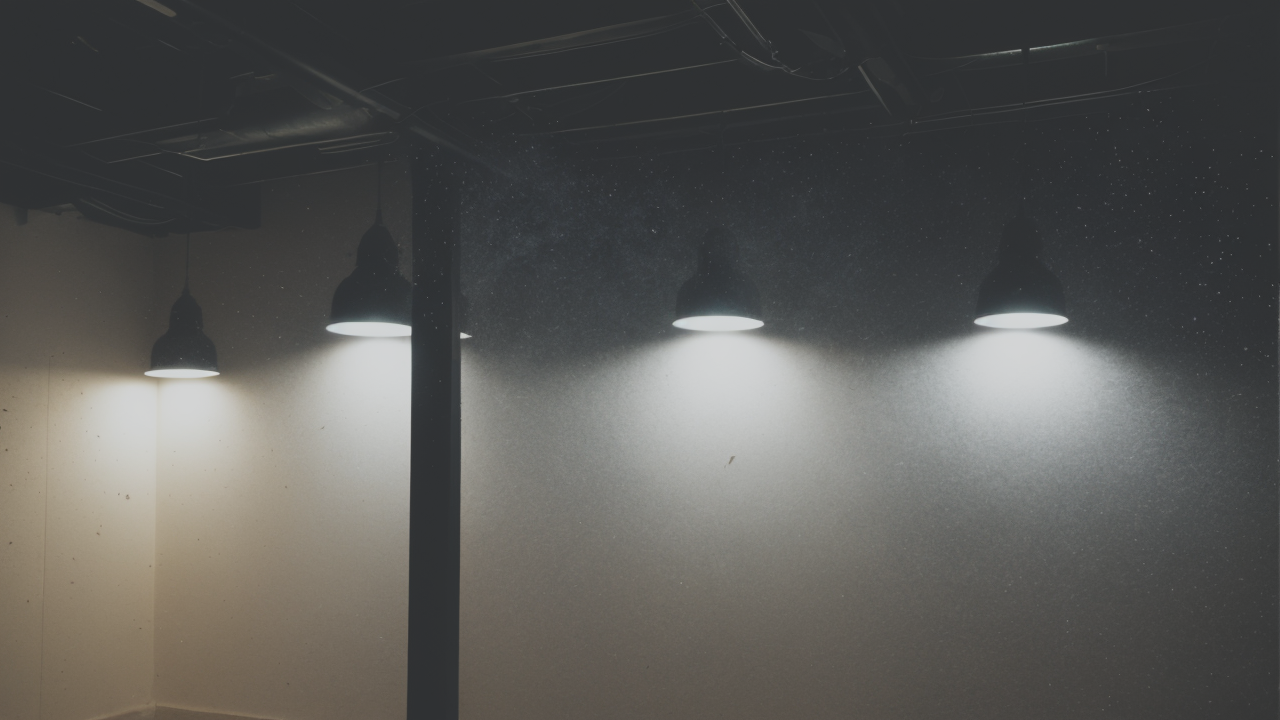
The Ultimate Guide to Selecting and Arranging Colorful Abstract Wall Art for Maximum Impact
Exploring the Aesthetic Appeal of Texture Plaster Art
The Role of Texture in Modern Interior Design
Texture plays a vital role in modern interior design. It adds depth and visual interest to spaces. Plaster for art has become a popular choice for creating unique wall decor. It offers a versatile canvas for creative expression.

Designers use textured walls to create focal points in rooms. They can transform plain surfaces into stunning art pieces. Plaster textures can be subtle or bold, depending on the desired effect. They complement various design styles, from minimalist to eclectic.
Textured plaster walls can replace traditional artwork. They serve as large-scale art murals themselves. This approach is cost-effective for covering large areas. It creates a cohesive look throughout a space.
The Psychology Behind the Appeal of Plaster Textures
Plaster textures appeal to our senses on multiple levels. They engage both our visual and tactile perceptions. This creates a more immersive experience in a space.
Rough textures can make a room feel more intimate and cozy. Smooth textures can create a sense of calm and serenity. The interplay of light and shadow on textured surfaces adds depth. It creates visual interest that changes throughout the day.
Plaster textures can evoke natural elements like stone or sand. This connection to nature can have a calming effect on people. It can make spaces feel more grounding and organic.
Techniques and Materials for Creating Artistic Plaster Decor
Choosing the Right Plaster for Your Project
Selecting the right plaster is crucial for your art project. There are several types to consider:

- Venetian plaster: Smooth, glossy finish
- Lime plaster: Natural, breathable material
- Gypsum plaster: Versatile, easy to work with
- Clay plaster: Eco-friendly option
Consider the desired texture and finish when choosing plaster. Think about the project's location and environmental factors. Some plasters are better suited for high-moisture areas. Others excel in creating specific textures.
The color of the plaster is also important. You can choose pre-colored plasters or add pigments. This allows for endless customization options to match your design vision.
Step-by-Step Guide to Applying Plaster Texture
- Prepare the surface: Clean and prime the wall
- Mix the plaster: Follow manufacturer's instructions
- Apply base coat: Use a trowel to spread evenly
- Create texture: Use tools or hands to shape the plaster
- Allow to dry: Follow recommended drying times
- Sand if needed: Smooth out any rough spots
- Apply sealant: Protect the finished texture
Practice different techniques on sample boards first. This helps you perfect your style before working on the wall. Experiment with various tools to create unique textures.
Remember, timing is crucial when working with plaster. Work quickly but carefully. Don't let the plaster dry before you've finished texturing.
Tips for Enhancing the Visual Impact of Plaster Art
Lighting plays a crucial role in showcasing plaster art. Use directional lighting to highlight textures. This creates dramatic shadows and enhances depth.
Consider incorporating metallic elements into your plaster art. Gold leaf or metallic paints can add shimmer and elegance. They catch the light and create visual interest.
Experiment with layering different textures. Combine smooth areas with rougher textures. This creates contrast and adds complexity to your design.
Use color strategically in your plaster art. Bold colors can make a statement. Neutral tones can create a subtle, sophisticated look. Consider the overall color scheme of the room.
The Business of Wall Decor: Trends and Opportunities in the United States
Understanding the Market for Plaster Decoratives
The market for plaster decoratives in the US is growing. Homeowners and businesses seek unique, custom interiors. This creates opportunities for artists and designers.

Plaster art appeals to various market segments. These include:
- Luxury residential projects
- Boutique hotels and restaurants
- Corporate offices seeking unique branding elements
- Art collectors looking for large-scale pieces
The demand for sustainable and natural materials is rising. This benefits plaster artists using eco-friendly materials. Emphasize the natural properties of plaster in your marketing.
How to Position Your Plaster Artwork in the Market
Develop a unique style or signature technique. This helps you stand out in a competitive market. Consider specializing in a particular type of plaster or finish.
Build a strong portfolio showcasing your best work. Include a variety of projects and styles. This demonstrates your versatility and skill to potential clients.
Network with interior designers and architects. They can be valuable sources of referrals and projects. Attend trade shows and design events to make connections.
Use social media to showcase your work. Platforms like Instagram are ideal for visual art. Share behind-the-scenes content to engage your audience.
Offer complementary services like color consultation. This adds value for clients and increases your revenue potential.
Case Studies: Successful Plaster Art Projects
Case Study 1: Modern Mexican Interior Design
A plaster artist created a vibrant art mural for a restaurant. The design incorporated traditional Mexican motifs with modern abstract elements. It became the centerpiece of the restaurant's decor.
Case Study 2: Corporate Headquarters
A tech company commissioned a large-scale plaster mural. It represented their company values through abstract textures. The piece became a centerpiece of their office design.
Case Study 3: Residential Art Installation
An artist created a series of textured plaster panels for a private home. The panels were inspired by ocean waves. They transformed the living room into an immersive art experience.
These case studies demonstrate the versatility of plaster art. They show how it can be adapted to various settings and client needs. Learn from these successes to inspire your own projects.
Remember, successful plaster art projects blend creativity with technical skill. They require a deep understanding of materials and design principles. With practice and dedication, you can create stunning wall decor that transforms spaces.


